Where To Travel In 2018
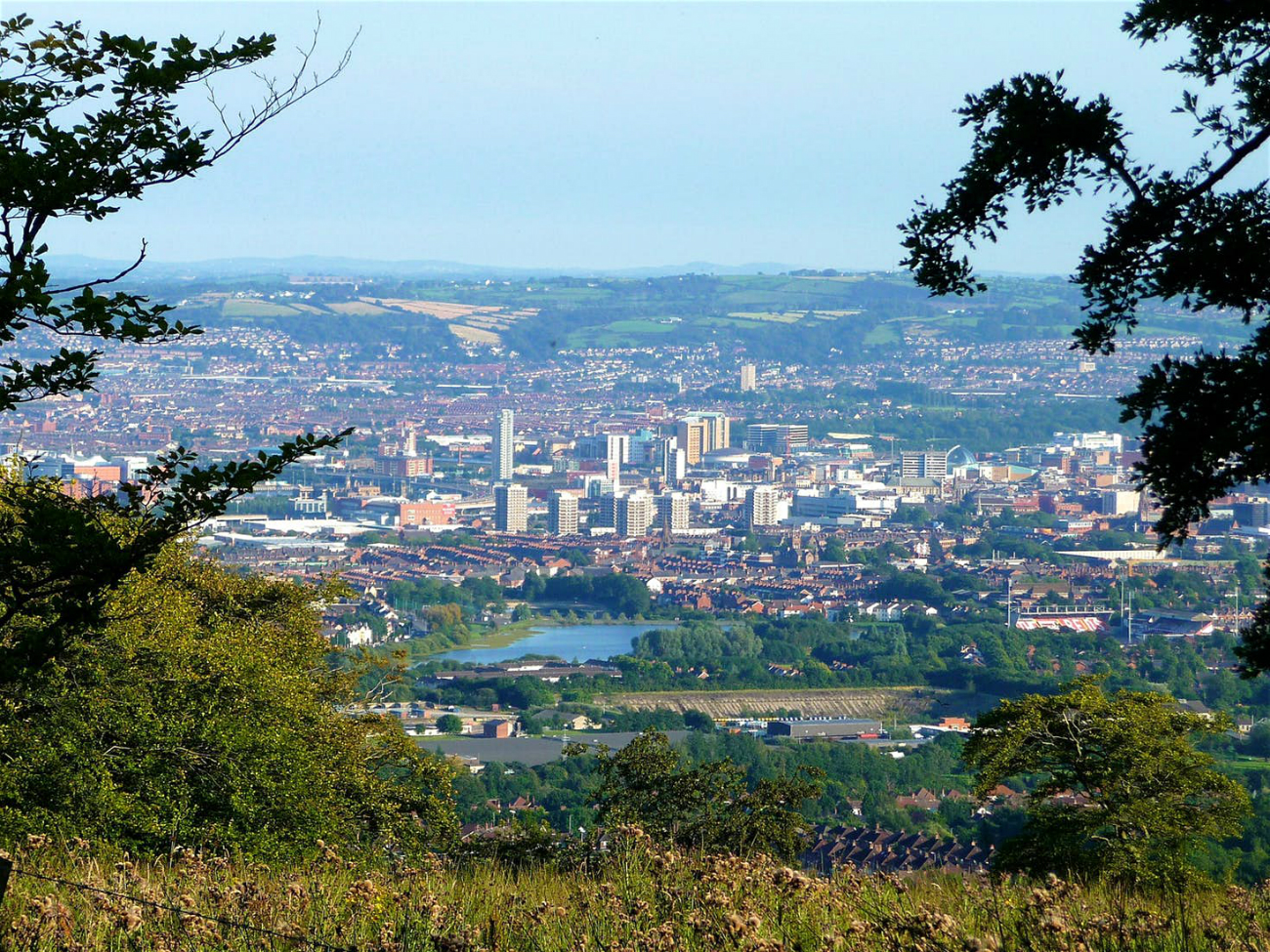
See the top 10 regions you should visit in 2018. From East to West, acoording to "Lonely Planet" travel experts.
1. Belfast & the Causeway Coast, Northern Ireland
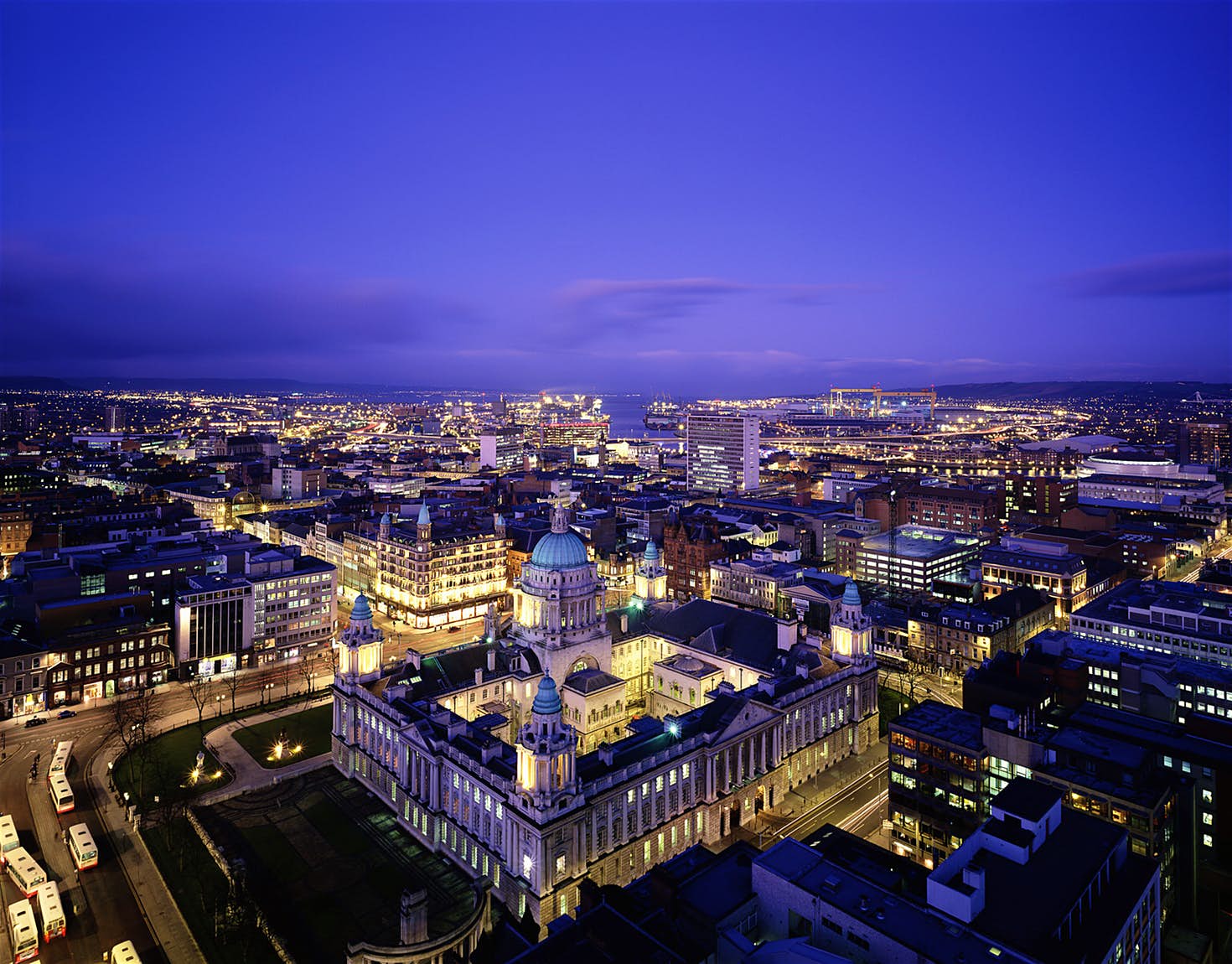
Belfast’s transformation over the past two decades has been remarkable. A city once patrolled by heavily armed troops and dogged by sectarian violence is now full of hip neighbourhoods that burst with bars, restaurants and venues to suit all tastes. The rusting old docklands are now the vibrant Titanic Quarter, home to fancy apartments and a sensational museum. Beyond lies the Causeway Coast, whose timeless beauty and high-grade distractions – golf, whiskey and some of the world’s most famous rocks – are more popular now than ever.
2. Alaska, USA
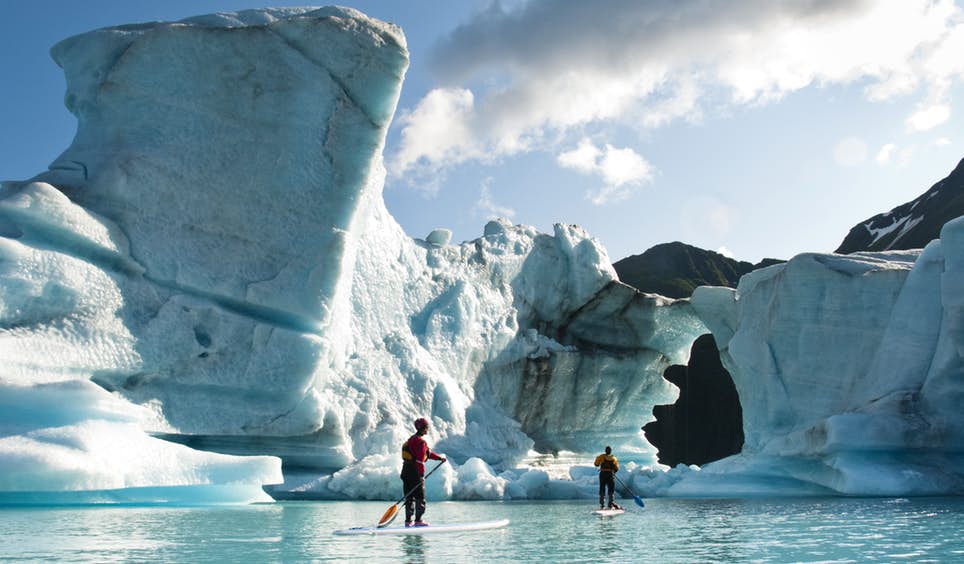
Mixing incredible wildlife with a rough-and-tumble outdoor spirit, Alaska satisfies any thirst for adventure. Where else can you spend 20-hour summer days tackling snow-laden mountains, spotting grizzlies or following the path of the Klondike gold rush? Due to increased flight links to many North American and European cities, Alaska has never been easier to reach. Recently, the state’s major cruise companies have announced expanded capacities, larger ships and more variety for travellers. Smaller operators like Alaskan Dream Cruises are increasing their itineraries and expeditions, too, allowing more options to spot bald eagles, humpback whales and glacier-studded fjords.
3. Julian Alps, Slovenia
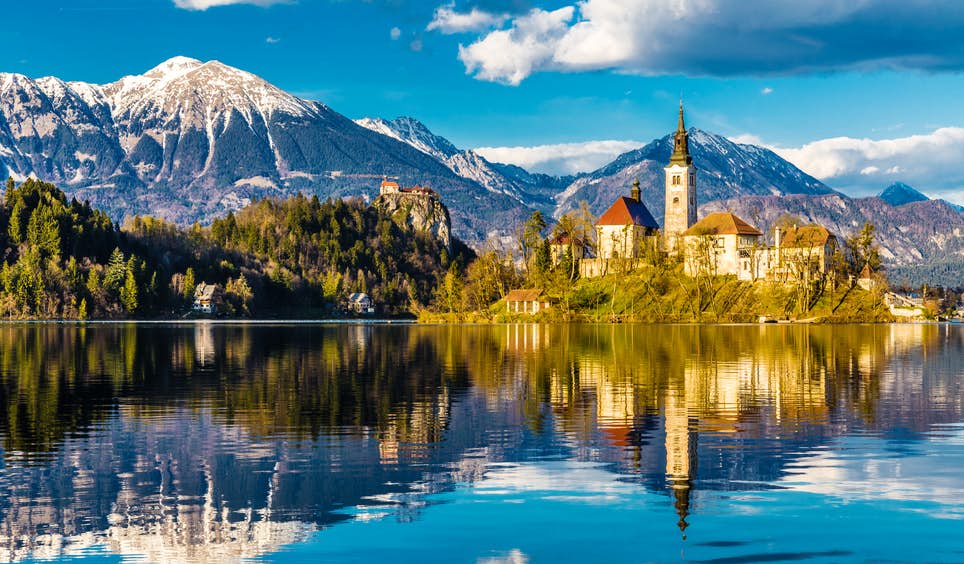
With the natural appeal of Chamonix or Zermatt – but with fewer crowds – the Julian Alps offer mountain bliss in an overlooked corner of Europe. Over two-thirds of the region is protected by the Triglav National Park mandate, a mechanism that not only curbs development along the summits but ensures that improvements to local infrastructure are effected in a slow and studied manner. Once suitable only for the intrepid, the Julian Alps are gently opening the door to every stripe of traveller. A growing number of locally run operators are pairing pulse-racing treks with upmarket versions of homestays in stylish shepherd digs.
4. Languedoc-Roussillon, France
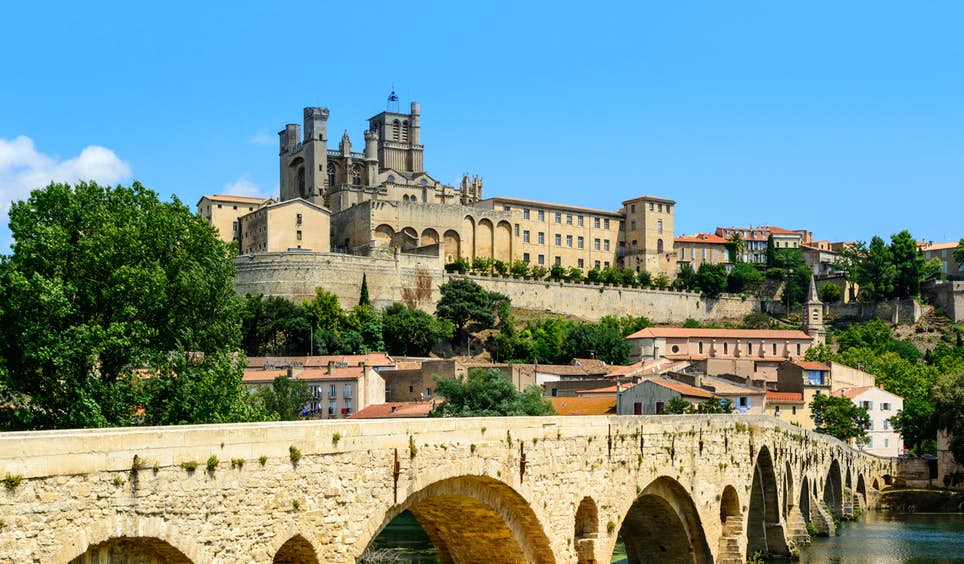
The charms of the south of France are many and varied: white beaches, blue seas, country markets, maquis-covered hills. But for too long, Provence and the Côte d’Azur have stolen the limelight, and 2018 might be the year that the lesser-known region of Languedoc-Roussillon takes its turn in the sun. Two swish new museums are currently in the works, and they’re set to put this fiery corner of France on the map – although anyone who’s tasted the region’s fabulous food and fine wines really won’t need any extra reasons to visit.
5. Kii Peninsula, Japan

Travel to Japan is red-hot. The number of visitors has doubled in the past three years and is only predicted to rise. Since the word is out about this thrilling country, travellers need to dig a little deeper. The Kii Peninsula, which dips down into the Pacific Ocean south of major tourist draws Kyoto and Osaka, offers many of Japan’s most lauded attractions. There are Shintō shrines and Buddhist temples, sublime natural scenery and steaming hot springs, traditional culture and modern convenience – but without the crowds. So far, that is... the Kii Peninsula is starting to get noticed, in part because travelling here is remarkably hassle-free.
6. Aeolian Islands, Italy
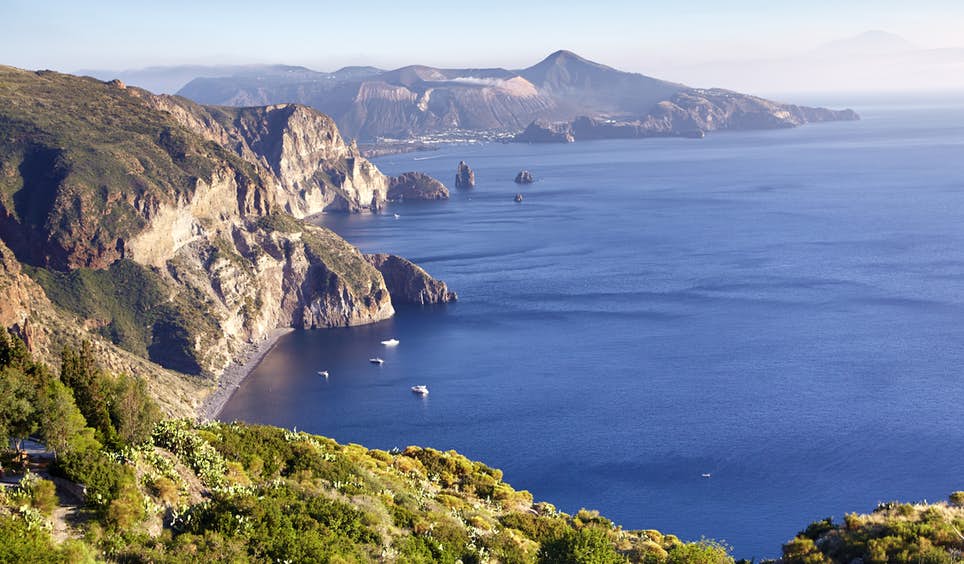
Floating photogenically in the Tyrrhenian Sea, a stone’s throw off the tip of Italy’s boot, the Aeolian Islands are a slow travel paradise. Shaped by their explosive geology, these seven alluring sisters woo visitors with sublime seascapes, volcanic slopes, black-sand beaches, and some of Europe’s best coastal walks and dives. The islands have been largely off the beaten track, but their low-key charms have begun luring wise travellers seeking a good-value Mediterranean break. Even sleepy Alicudi, the Aeolians’ remotest outpost, is having an influx of walking tourism, so 2018 may be your last chance to outpace the crowds.
7. Southern USA
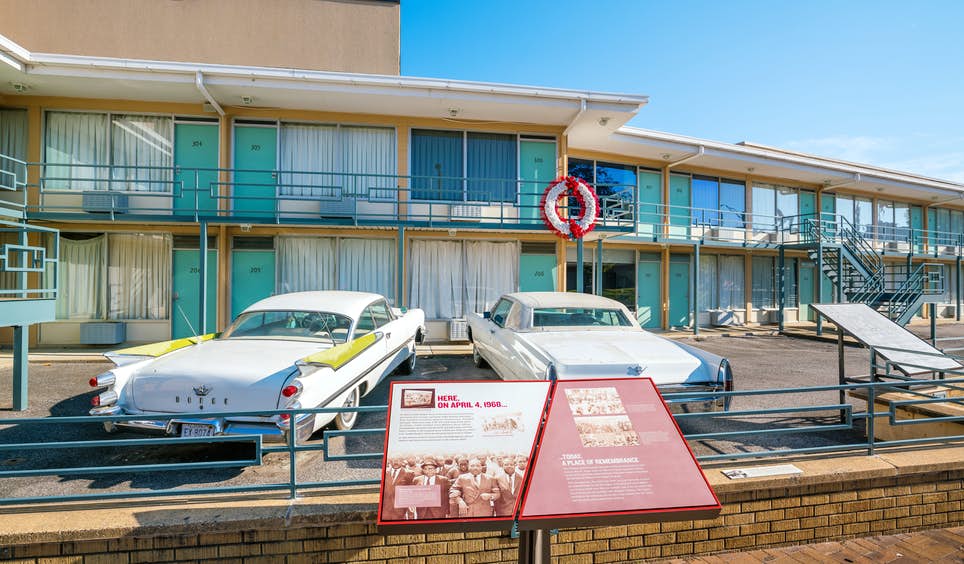
In 2018 it will be 50 years since Martin Luther King Jr was assassinated in Memphis, and the anniversary has spurred several civil rights-focused sights to open in America’s Southern USA. Foremost is the Memorial to Peace and Justice in Montgomery, Alabama, a stunning structure of suspended columns that pays homage to the nation’s 4000 documented lynching victims. King’s birthplace in Memphis is being refurbished for visitors, and the motel where he was killed – now transformed into the National Civil Rights Museum – is holding a year’s worth of poetry slams, concerts and other special events. Meanwhile, New Orleans turns 300, and it’s throwing a multi-event birthday party that’ll carouse through the year.
8. Lahaul & Spiti, India
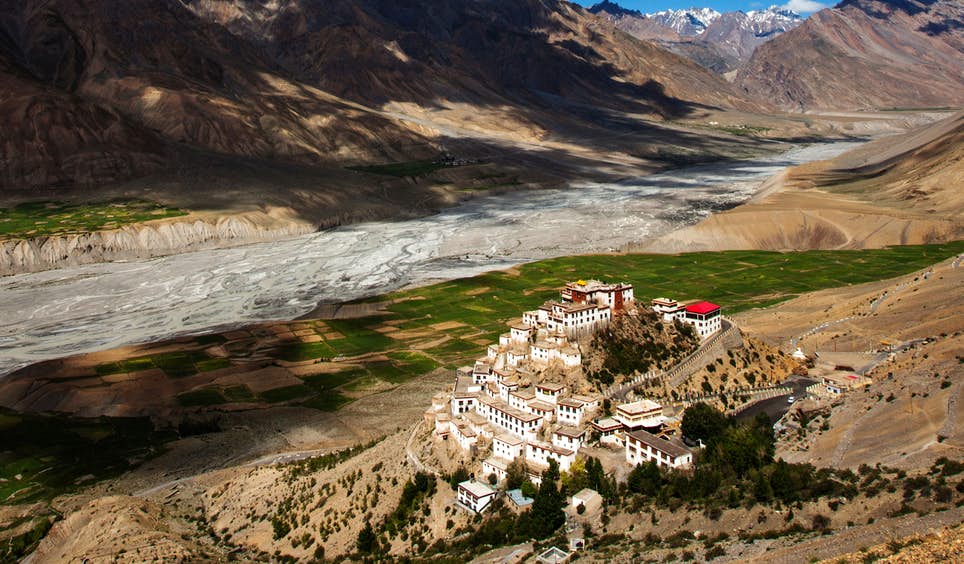
If you like your mountains big, your roads rugged and your landscapes verging on the supernatural, then the windswept valleys of Lahaul and Spiti, which run east and west from Keylong, are a little piece of Shangri-La. Kept bone-dry by the rain-shadow of the Himalaya, the ochre badlands of Spiti hide some of India’s most spectacular Buddhist art, while well-watered Lahaul has seldom-visited temples and a back route to Kashmir said to be one of the world’s most dangerous roads. Long overlooked by travellers rushing to Ladakh, this wild and wonderful area is finally starting to get the attention it deserves. Come now, before it becomes just another stop on the Himalayan ‘apple pie’ trail.
9. Bahia, Brazil
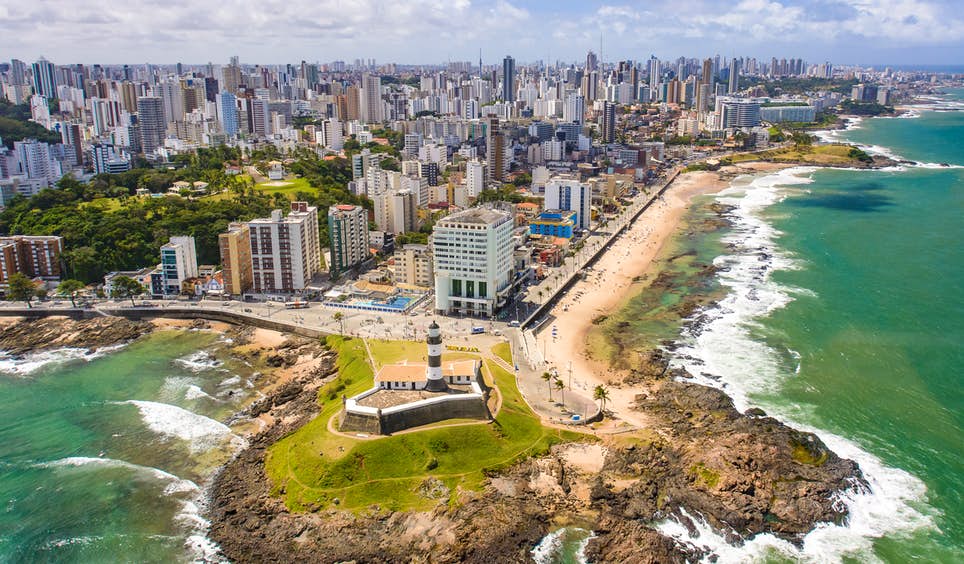
Bahia has always had a certain wow factor. Located on the northeast coast of Brazil, it’s a tropical paradise of white sandy beaches and clear blue water, islands surrounded by coral reefs, plantations rich with cocoa beans, and Parque Nacional da Chapada Diamantina, famous for its wild waterfalls. But Bahia’s natural playground is suddenly more accessible to tourists, thanks to the facelift that Salvador – a Portuguese colonial city that’s also the state capital – underwent after being chosen as a host city for the 2014 FIFA World Cup. There’s never been a better time, or an easier time, to explore the birthplace of Afro-Brazilian culture.
10. Los Haitises National Park, Dominican Republic

In the south of Samaná Bay, Parque Nacional Los Haitises is a 1375-sq-km patchwork of craggy islets, blue canals and verdant forest, an ecosystem that appears plucked from prehistory. Venture deep into the park and you’ll find yourself in the heart of the Dominican Republic’s cultural history. Los Haitises is hardly a well-kept secret, but visitor numbers are rising: some big hotel projects are brewing nearby, so get here before the crowds arrive. An updated sustainability plan will enhance park infrastructure and preservation, so you’ll be greeted with improved trails and facilities.
Source: Lonely Planet
